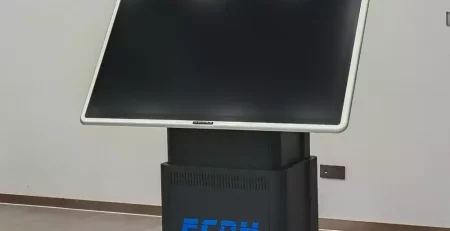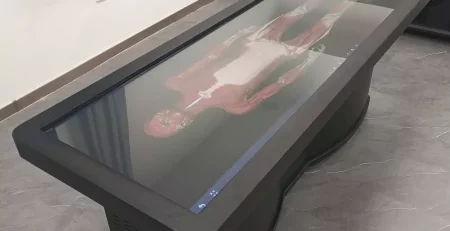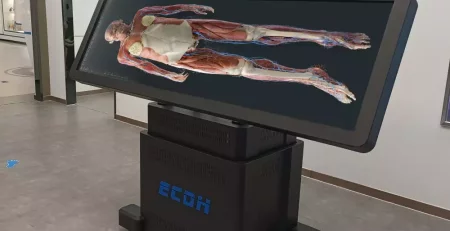The Anatomy of Breathing: Creating Engaging 3D Lung Models
The Anatomy of Breathing: Creating Engaging 3D Lung Models
Date:
At DIGIHUMAN, we specialize in transforming complex anatomical structures into accessible 3D models. In this article, we’ll walk you through the process of creating a model lung, highlighting both a simple DIY project for educational purposes and our high-quality wholesale lung 3D models designed for professional use. This article will analyze how to make a 3d model of lungs and describe our after-sought products.
Table of Contents
ToggleDIY Model Lung: A Simple Approach
To help students understand lung function, we recommend a straightforward DIY lung model using common materials. Start by carefully cutting a plastic bottle in half; this forms the base of your model. With adult supervision, discard the bottom half. Next, take a balloon, tie a knot at one end, and cut off the opposite end. Stretch this balloon over the bottle’s bottom to represent the diaphragm.
The next step involves using another balloon and a straw. Insert the straw into the neck of the balloon and secure it tightly with an elastic band, ensuring air can flow freely through the straw. When you place this assembly into the bottle, use play dough to create a seal around the neck, taking care not to crush the straw.
By pulling the knot of the balloon at the bottom, the balloon inside the bottle inflates, simulating lung expansion. Releasing it allows the balloon to deflate, mirroring the natural breathing process. This simple model effectively demonstrates the mechanics of respiration to children.
The Wholesale Lung 3D Model: Precision and Detail
While DIY models serve educational purposes, our wholesale lung 3D models at DIGIHUMAN are crafted for precision and realism. These models are made from a transparent hard material that allows for clear visualization of internal structures. Each model includes intricate details such as the bronchial tree, pulmonary arteries, and veins, segmented into the left and right lungs.
Our models are designed using high-precision digital datasets, ensuring that every anatomical feature is accurately represented. The use of refined segmentation data and original tomographic scans allows us to create a model that is not only visually appealing but also scientifically accurate. Each segment of the lung is color-coded for easy identification, enhancing the learning experience for medical students and professionals alike.
Advanced Modeling Techniques
The development of our lung models involves extracting voxel data from original tomographic datasets. This meticulous process generates texture maps that replicate the appearance of real anatomical specimens. Our goal is to provide a model that not only serves educational needs but also stands up to rigorous academic scrutiny.
By utilizing cadaveric specimens fixed in formalin for reference, we ensure our models maintain the highest standards of accuracy and detail. The resulting 3D models offer an invaluable resource for anatomy studies, medical training, and patient education.
Conclusion: Elevating Education and Training
At DIGIHUMAN, we believe in the power of 3D models to enhance understanding and engagement in the field of anatomy. Whether through a simple DIY project or our sophisticated wholesale models, we are committed to making the complexities of human anatomy accessible to all. Explore our range of products and see how to make a 3d model of lungs and how we can support your educational endeavors today!
Related Posts
 Blog
BlogAnatomy as a Major: Bridging Education and Innovation in Medical Training
Is anatomy a major? Absolutely, anatomy is a major that offers students a comprehensive understanding of the human body, essential...
 Blog
BlogUnderstanding Systemic Anatomy: A Comprehensive Overview
Systemic anatomy is a specialized branch of anatomical science that focuses on the study of the various systems within the...
 Blog
BlogIs Anatomy on the MCAT? Understanding Its Importance
Is anatomy on the mcat? The question of whether anatomy is on the MCAT can be answered with a resounding...

